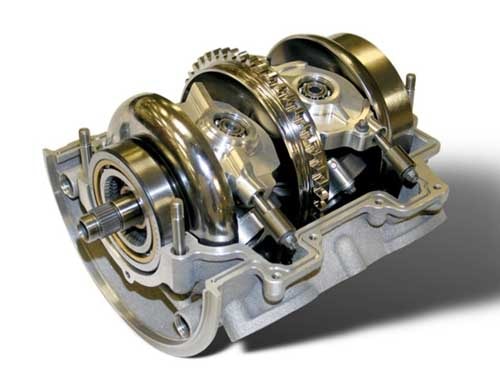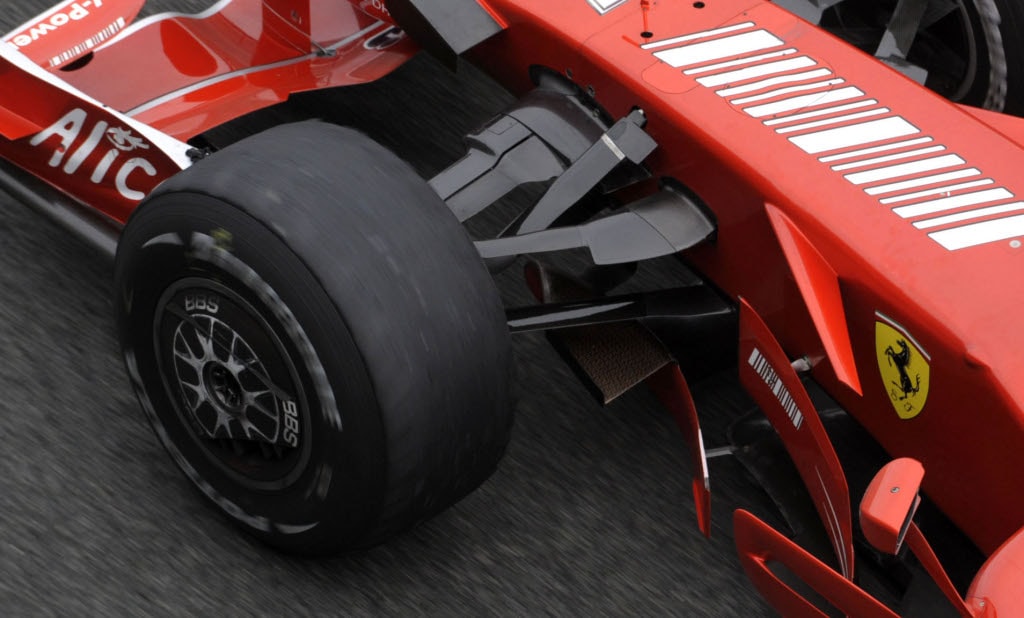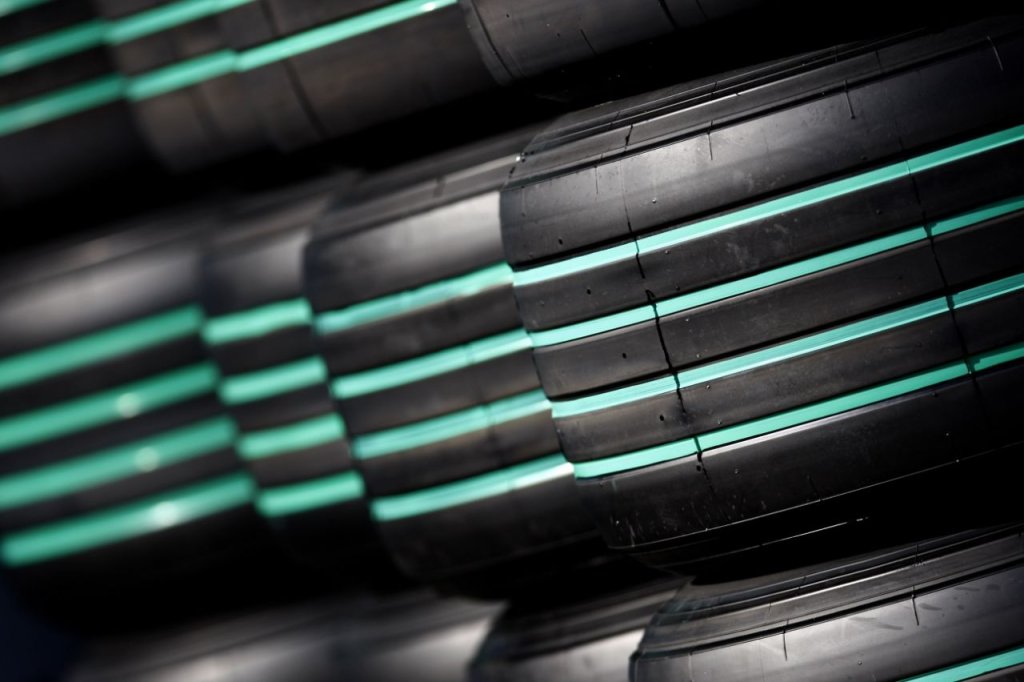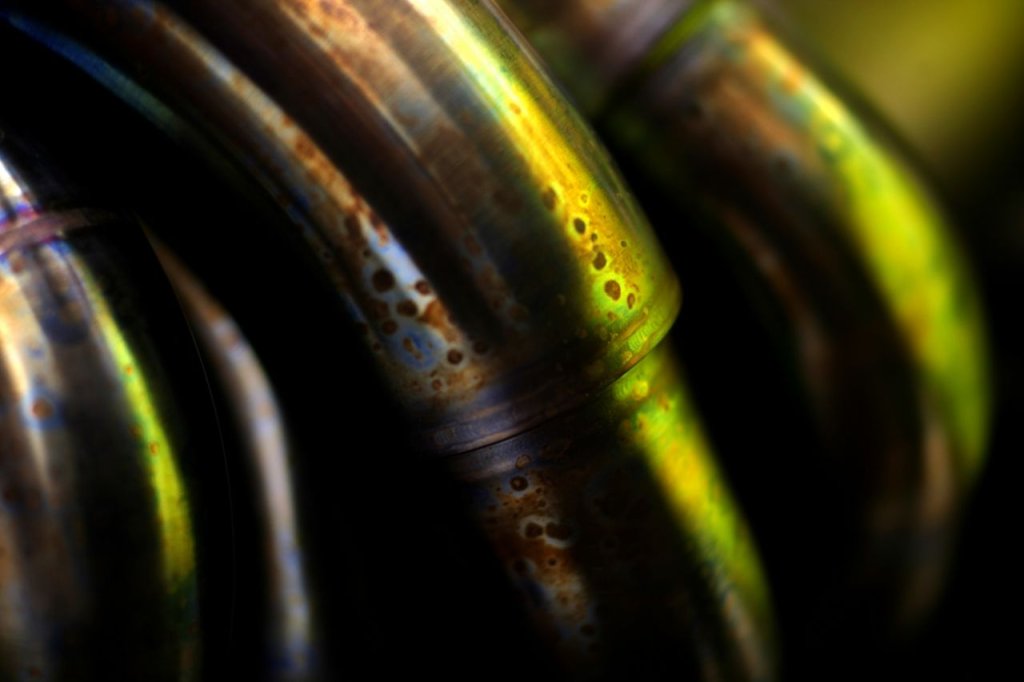Year after year, Formula One changes some of its coordinates – whether we’re talking about new technical regulations imposed by the FIA or simply changing the sport’s format a little bit – to make racing safer for drivers, more spectacular for the fans and more productive as a business. Every year, it’s the new rules that bring that unexpected feel before the very season opener, making every F1 fan wonder what does the new season hold in store for him.But never has a season brought more changes to the sport of Formula 1 as the one in 2009. The International Automobile Federation opened so many doors for the upcoming season that most critics agree – along with the majority of team managers inside the sport – that all teams will be starting from scratch in 2009. With FIA meeting FOTA representatives shortly after the Brazilian Grand Prix, we might witness some new changes for 2009. Until then, here’s what we know so far:KERS Technology
Looking for ways to boost engine power without redeveloping the unit – as a consequence of the engine-freeze a few years ago – F1 engineers have discovered a way to storage the energy from braking, regenerate it and then turn it into a power boost when accelerating. Under FIA regulations, the KERS unit must weight no more than 40 kg and should provide a maximum 60 kW for around 6-7 seconds of acceleration.
How does it work? Well, the construction and development of the KERS unit differs from team to team. It is basically a mechanical system based on a flywheel technology that stores the kinetic energy otherwise wasted when braking, transform it into electric energy and redirect it via a continuously variable transmission to the car’s driveline when accelerating. The difference between this system and your classic hybrid car is that, while the latter uses a battery to store electricity, an F1 car benefits from the flywheel system mentioned above to transform energy and immediately release it when accelerating. It therefore provides a power boost for approximately 6.6 seconds after exiting the corners.
Advantages. Obviously, providing an extra 60 kW of output will increase chances of overtaking during a race. Track records will fall weekend after weekend and top speeds will most likely be reevaluated inside the sport. Nevertheless, critics have claimed that, once every team will develop their own KERS unit and use it race in and race out, overtaking maneuvers will happen as often as before. This is where the teams’ engineers come into play, as each system will most likely have its flows and its efficiency will differ from car to car.
Another high point for introducing the KERS technology in F1 as soon as next season is redeveloping and studying it into detail for implementing it into mass production as soon as possible.
Disadvantages. While developing the KERS unit throughout 2008, many teams have had serious problems actually implementing it into the car. In mid-July, during a Jerez testing session, one of the BMW mechanics suffered an electric shock when touching Christian Klien’s car – after the Austrian did a few laps on the Spanish circuit on a prototype F1 car. The German team later explained the incident, stating that their mechanic had touched a high frequency AC voltage zone (between a side pod and the steering wheel) caused by the KERS unit. Also, there are a number of teams who are still behind with the development of this new technology (including Ferrari) and this might cause immense gaps in performances between F1 teams in 2009, therefore killing the spectacle. The ‘unknown factor’ is also to be considered, as no engineer can really predict the reliability of such a system in Formula 1.
Advantages. The difference between slick and grooved tires is pretty obvious. The former benefit from an increased grip as a consequence of the entire tire surface being in contact with the track. This will enable greater cornering speeds and, consequently, improved lap records.
Disadvantages. This is where it gets ugly. While allowing slick tires to return to Formula 1, FIA has also banned tire warmers (blankets). When finding the news, most F1 drivers urged the sport’s officials to reconsider the ban as it could have disastrous consequences in terms of driver safety. McLaren test driver Pedro de la Rosa warned F1 officials about throwing cold tires into the race following a testing session at Jerez in the mid-season.
“We had a lot of problems in Jerez to make them [the tires] work without the tyre warmers. Here it was better. It’s still difficult but it was somewhat better, because Bridgestone has created a compound that works in lower temperatures. The first lap is very slow, and that’s the danger. There are cars which are up to racing speed and you are coming out of the pits very slowly. You are like a mobile chicane,” said the Spaniard.
Also, F1 veteran David Coulthard argued that getting both front and rear tires to the same temperature will be hard to accomplish during a race and could impose as a problem, as it would influence the car’s maneuverability. Racing on cold tires could easily cause some major incidents at the start while also making it impossible for drivers in the out-lap to keep the pace with their opponents already on track – as warming up a slick tire could take up to one lap, depending on weather and track temperature.
Advantages. With all teams benefiting from the same amount of output from their engines, developing their own KERS technology from scratch and using slick tires from the same tire supplier, there’s a good chance of seeing more drivers fighting for wins and podiums and independent teams closing the gap on championship’s ‘big guns’. Equalization of technological performance can only lead to one thing, and that’s a more-driver-related competition in which racing talent can make the difference.
Disadvantages. FIA should really keep an eye on the teams that are to update their units after 2008, so they don’t gain any advantages over the other teams in terms of engine performance. Other than that, when all start as equals, may the best man win!
One engine per 3 races
Currently, an F1 engine is supposed to last for 2 weekends. Each team has a ‘joker engine’, meaning that a driver will not be penalized the first time his team decides to change the engine after only one race. From the second time on, though, every violation of this rule leads to a 10-place grid penalty. In order to cut costs inside Formula One, the engine will have to last for 3 weekends starting 2009.
Advantages. The F1 engineers will have to build more reliable units. Also, this rule will decrease costs inside the sport, with only 6-7 engines used per driver on a full season – as compared to the 8-9 used nowadays.
Disadvantages. More engines will blow in Formula 1. There’s no doubt about it, most of the teams will find it difficult to built reliable high-performance engines that last 3 races and there’s going to be a compromise between the life of an engine and its performance. Drivers will not push as hard in qualifying or even in a race if on their second or third weekend, knowing that an engine problem would cause them a grid penalty.
Also, in an effort to cut costs inside Formula 1, FIA and FOTA decided that an engine should cost a maximum 10 million euros within the F1 paddock and manufacturers should built 25 engines for customer teams starting 2009.
How does it work? Well, the construction and development of the KERS unit differs from team to team. It is basically a mechanical system based on a flywheel technology that stores the kinetic energy otherwise wasted when braking, transform it into electric energy and redirect it via a continuously variable transmission to the car’s driveline when accelerating. The difference between this system and your classic hybrid car is that, while the latter uses a battery to store electricity, an F1 car benefits from the flywheel system mentioned above to transform energy and immediately release it when accelerating. It therefore provides a power boost for approximately 6.6 seconds after exiting the corners.
Advantages. Obviously, providing an extra 60 kW of output will increase chances of overtaking during a race. Track records will fall weekend after weekend and top speeds will most likely be reevaluated inside the sport. Nevertheless, critics have claimed that, once every team will develop their own KERS unit and use it race in and race out, overtaking maneuvers will happen as often as before. This is where the teams’ engineers come into play, as each system will most likely have its flows and its efficiency will differ from car to car.
Another high point for introducing the KERS technology in F1 as soon as next season is redeveloping and studying it into detail for implementing it into mass production as soon as possible.
Disadvantages. While developing the KERS unit throughout 2008, many teams have had serious problems actually implementing it into the car. In mid-July, during a Jerez testing session, one of the BMW mechanics suffered an electric shock when touching Christian Klien’s car – after the Austrian did a few laps on the Spanish circuit on a prototype F1 car. The German team later explained the incident, stating that their mechanic had touched a high frequency AC voltage zone (between a side pod and the steering wheel) caused by the KERS unit. Also, there are a number of teams who are still behind with the development of this new technology (including Ferrari) and this might cause immense gaps in performances between F1 teams in 2009, therefore killing the spectacle. The ‘unknown factor’ is also to be considered, as no engineer can really predict the reliability of such a system in Formula 1.
Slick tires
Slick tires will make a forceful return to Formula One after 11 years of absence. FIA banned slick tires and replaced it with grooved ones in 1998 due to safety concerns. However, after the engine-freeze law implemented by FIA a few years ago, the F1 teams have pushed for reintroducing slick tires into the sport – aiming to increase the cars’ on-track performances.Advantages. The difference between slick and grooved tires is pretty obvious. The former benefit from an increased grip as a consequence of the entire tire surface being in contact with the track. This will enable greater cornering speeds and, consequently, improved lap records.
Disadvantages. This is where it gets ugly. While allowing slick tires to return to Formula 1, FIA has also banned tire warmers (blankets). When finding the news, most F1 drivers urged the sport’s officials to reconsider the ban as it could have disastrous consequences in terms of driver safety. McLaren test driver Pedro de la Rosa warned F1 officials about throwing cold tires into the race following a testing session at Jerez in the mid-season.
“We had a lot of problems in Jerez to make them [the tires] work without the tyre warmers. Here it was better. It’s still difficult but it was somewhat better, because Bridgestone has created a compound that works in lower temperatures. The first lap is very slow, and that’s the danger. There are cars which are up to racing speed and you are coming out of the pits very slowly. You are like a mobile chicane,” said the Spaniard.
Also, F1 veteran David Coulthard argued that getting both front and rear tires to the same temperature will be hard to accomplish during a race and could impose as a problem, as it would influence the car’s maneuverability. Racing on cold tires could easily cause some major incidents at the start while also making it impossible for drivers in the out-lap to keep the pace with their opponents already on track – as warming up a slick tire could take up to one lap, depending on weather and track temperature.
Equalization of engine performance
FIA admitted earlier last week that certain teams within the F1 paddock will be allowed to redevelop their engines despite the engine freeze rule implemented a few years ago. Renault, Honda and Toyota are the teams likely to revise their powerplants before the 2009 season. The reason why only some of the teams are subject to this change is that, according to the FIA, Ferrari, McLaren and BMW managed to upgrade their engines from the moment the engine freeze was announced and the actual time it was implemented. Therefore, these 3 teams have already benefited from increased output of their V8 engines throughout the last two years.Advantages. With all teams benefiting from the same amount of output from their engines, developing their own KERS technology from scratch and using slick tires from the same tire supplier, there’s a good chance of seeing more drivers fighting for wins and podiums and independent teams closing the gap on championship’s ‘big guns’. Equalization of technological performance can only lead to one thing, and that’s a more-driver-related competition in which racing talent can make the difference.
Disadvantages. FIA should really keep an eye on the teams that are to update their units after 2008, so they don’t gain any advantages over the other teams in terms of engine performance. Other than that, when all start as equals, may the best man win!
One engine per 3 races
Currently, an F1 engine is supposed to last for 2 weekends. Each team has a ‘joker engine’, meaning that a driver will not be penalized the first time his team decides to change the engine after only one race. From the second time on, though, every violation of this rule leads to a 10-place grid penalty. In order to cut costs inside Formula One, the engine will have to last for 3 weekends starting 2009.
Advantages. The F1 engineers will have to build more reliable units. Also, this rule will decrease costs inside the sport, with only 6-7 engines used per driver on a full season – as compared to the 8-9 used nowadays.
Disadvantages. More engines will blow in Formula 1. There’s no doubt about it, most of the teams will find it difficult to built reliable high-performance engines that last 3 races and there’s going to be a compromise between the life of an engine and its performance. Drivers will not push as hard in qualifying or even in a race if on their second or third weekend, knowing that an engine problem would cause them a grid penalty.
Also, in an effort to cut costs inside Formula 1, FIA and FOTA decided that an engine should cost a maximum 10 million euros within the F1 paddock and manufacturers should built 25 engines for customer teams starting 2009.



